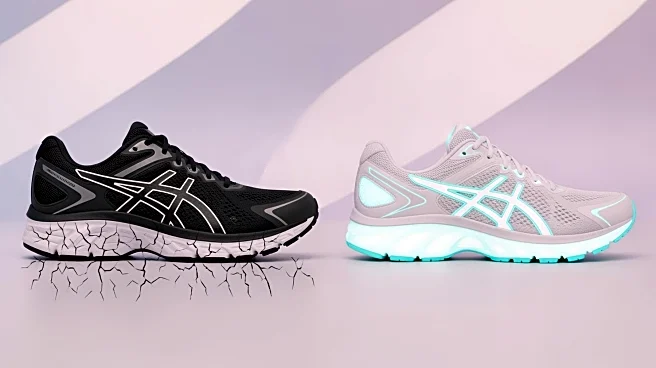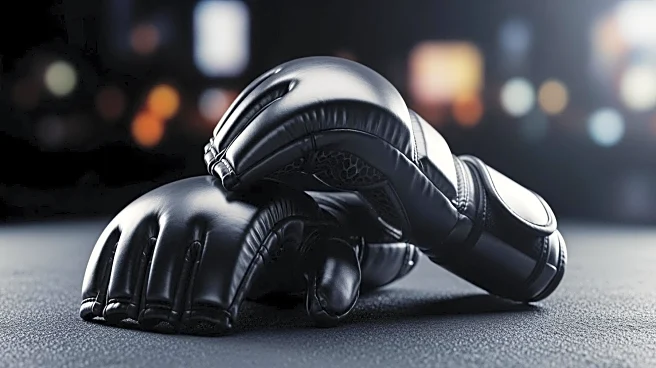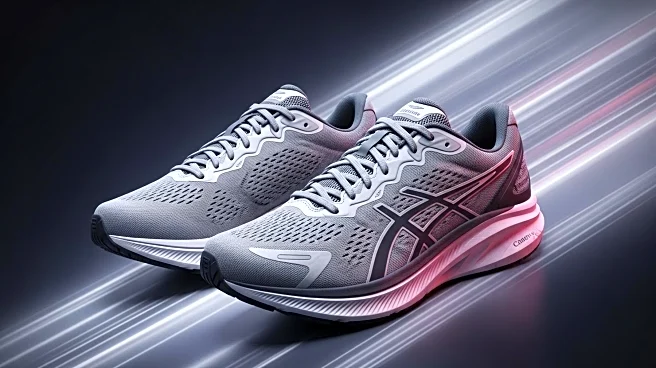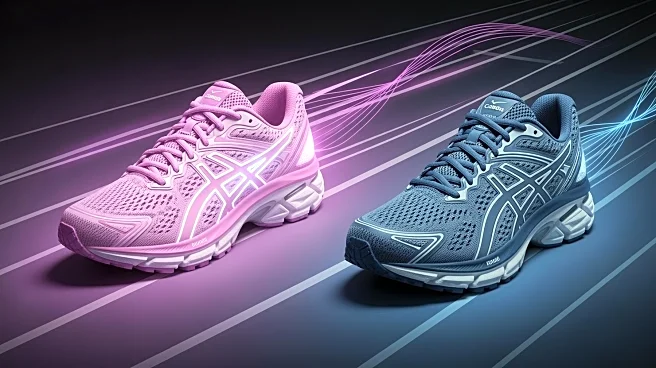What's Happening?
Recent research published in BMJ Open Sports & Exercise Medicine reveals that the design of women's running shoes often fails to meet their specific anatomical and biomechanical needs. The study criticizes the common practice of modifying men's shoes by
simply reducing their size and changing colors, a method known as 'shrink it and pink it.' Researchers argue that this approach does not accommodate the distinct foot morphology and preferences of women, which evolve throughout their lives. The study involved 21 female runners from Vancouver, Canada, who highlighted comfort, injury prevention, and performance as key factors in choosing running shoes. Participants expressed a need for wider toe boxes, narrower heels, and additional cushioning. Competitive runners emphasized performance-enhancing features but stressed the importance of comfort. The study calls for the footwear industry to develop gender-specific designs that better cater to women's needs.
Why It's Important?
The findings of this study have significant implications for the sportswear industry, particularly in the design and marketing of women's running shoes. By failing to address the specific needs of female athletes, manufacturers may inadvertently contribute to higher injury rates and reduced performance among women. This research highlights a critical gap in product development that could affect the health and athletic performance of millions of female runners. Addressing these design flaws could lead to improved comfort and reduced injury rates, potentially increasing participation and performance in running sports among women. The study also underscores the importance of inclusive design practices that consider gender-specific anatomical differences, which could influence broader industry standards and consumer expectations.
What's Next?
The study's authors recommend that the footwear industry move beyond the 'shrink it and pink it' approach and develop running shoes based on women's unique anatomical and biomechanical needs. This could involve creating new molds specifically for women's feet and incorporating features that enhance comfort and performance without compromising on either. As awareness of these issues grows, manufacturers may face pressure from consumers and advocacy groups to innovate and produce more inclusive designs. Retailers and brands might also begin to prioritize education and training for staff to better assist female customers in selecting appropriate footwear. The study's findings could spark further research into gender-specific needs in other areas of sports equipment and apparel.
Beyond the Headlines
The study raises broader questions about gender equity in sports and the importance of designing products that cater to diverse needs. It highlights the potential for innovation in the sportswear industry, which could lead to more inclusive practices and products. This shift could also influence cultural perceptions of gender roles in sports, encouraging greater participation and recognition of female athletes. Additionally, the study's focus on women's needs during different life stages, such as pregnancy, suggests a growing awareness of the intersection between sports, health, and lifestyle, which could drive future research and product development.















